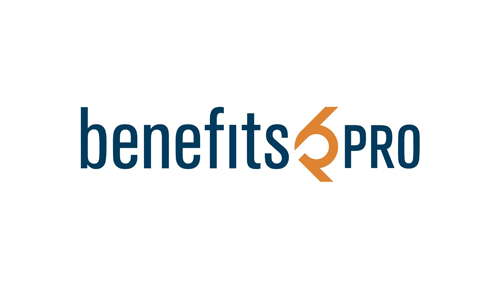
In our experience, the cost of health insurance is the second largest expense behind payroll for most employers. Rising medical and drug costs continue to outpace regular inflation. Simple plan design changes no longer have the impact they once had to reduce premiums, yet premiums are rising in a way that is unsustainable.
Employers are increasingly considering alternative funding to control this growing expense—particularly self-funding, as it can help them spend their money in a cost-effective way and serve their population with the benefits they actually need.
So, is self-funding the solution? First, let’s debunk the myths about self-funding and examine its advantages and disadvantages to determine whether or not it is right for your organization.
Myths of Self-Funding
Self-funding, especially for smaller organizations, is more common than most employers think. In 2020, 23% of employers with two to 199 plan participants were self-funded. From 100 – 199 plan participants, the percentage of employers that were self-funded grew significantly and from 200 – 1,000 participants, nearly 60% of employers were self-funded.1
Still, many smaller organizations with fewer than 200 employees believe they can’t self-fund because they don’t have a large enough group. In reality, employers with at least 100 participants typically have enough data to make educated decisions around their funding and can have more opportunities for savings.
Many employers also worry that self-funding means taking on too much risk. However, a properly designed plan with individual and aggregate stop-loss insurance protects your organization from catastrophic claims and unanticipated high utilization. For many midsize employers, the reward is worth the calculated risk.
Benefits of Self-Funding
A Customizable Plan Design
In this marketplace, prospective and current talent is looking for competitive and customizable benefits that serve every aspect of their lives. Self-funded plans give you design flexibility, allowing you to customize your plan to meet the specific needs of your workforce. This means you can offer the benefits that serve your organization best.ERISA Exemption from State-Mandated Benefits
Another benefit of self-funding is ERISA exemption from state-mandated benefits. Self-funded employers choose their own benefits offering rather than having benefits imposed by state mandates and insurance carriers.Access to Detailed Claims Reporting
Self-funding provides employers with access to detailed claims reporting, allowing for greater clarity on what is driving benefits costs. By evaluating claims and member needs, you can decide which benefits to provide, invest more in or remove if they’re not being used.Retain Control Over Health Plan Costs
When an employer self-funds, they eliminate charges from their insurance carrier for overhead, reserves, various risk and retention charges, profit margins and taxes. As a self-funded employer, you only pay for members’ actual claims rather than a projected claims cost based on other companies’ pooled experience, thereby retaining the “profit.” You can also retain control over health plan reserves to maximize your interest income and reinvest this money at a higher rate than the insurance company credited you for interest income on reserves.
Disadvantages of Self-Funding
The rewards involved in self-funding make up for the potential risks; however, there are a few stipulations. First, employers claim fiduciary and compliance responsibility. But more than that, becoming self-funded requires sufficient cash flow; the employer must be able to handle potential volatility. Self-funding also requires additional responsibility for banking arrangements, and there could be greater frequency on the funding of claims.
Additionally, claims are statistically unpredictable for smaller or more volatile groups and your carrier could eliminate high-risk individuals from the stop-loss pool.
How to Determine the Right Solution for You
Regardless of the funding arrangement, it is important to recognize that there is no one plan or method that will suit the needs of every employer every time. It is imperative that a thorough analysis be conducted to determine which funding method is appropriate. Considerations should include geographic location, plan design, exposure, employer philosophy, financial situation and previous claims experience, to mention a few.
That being said, once a proper analysis is performed, you can partner with your consultant to determine if self-funding is the most cost effective and productive means of purchasing coverage for your organization.
1 Kaiser Family Foundation, “Employer Health Benefits Survey, 2020”




